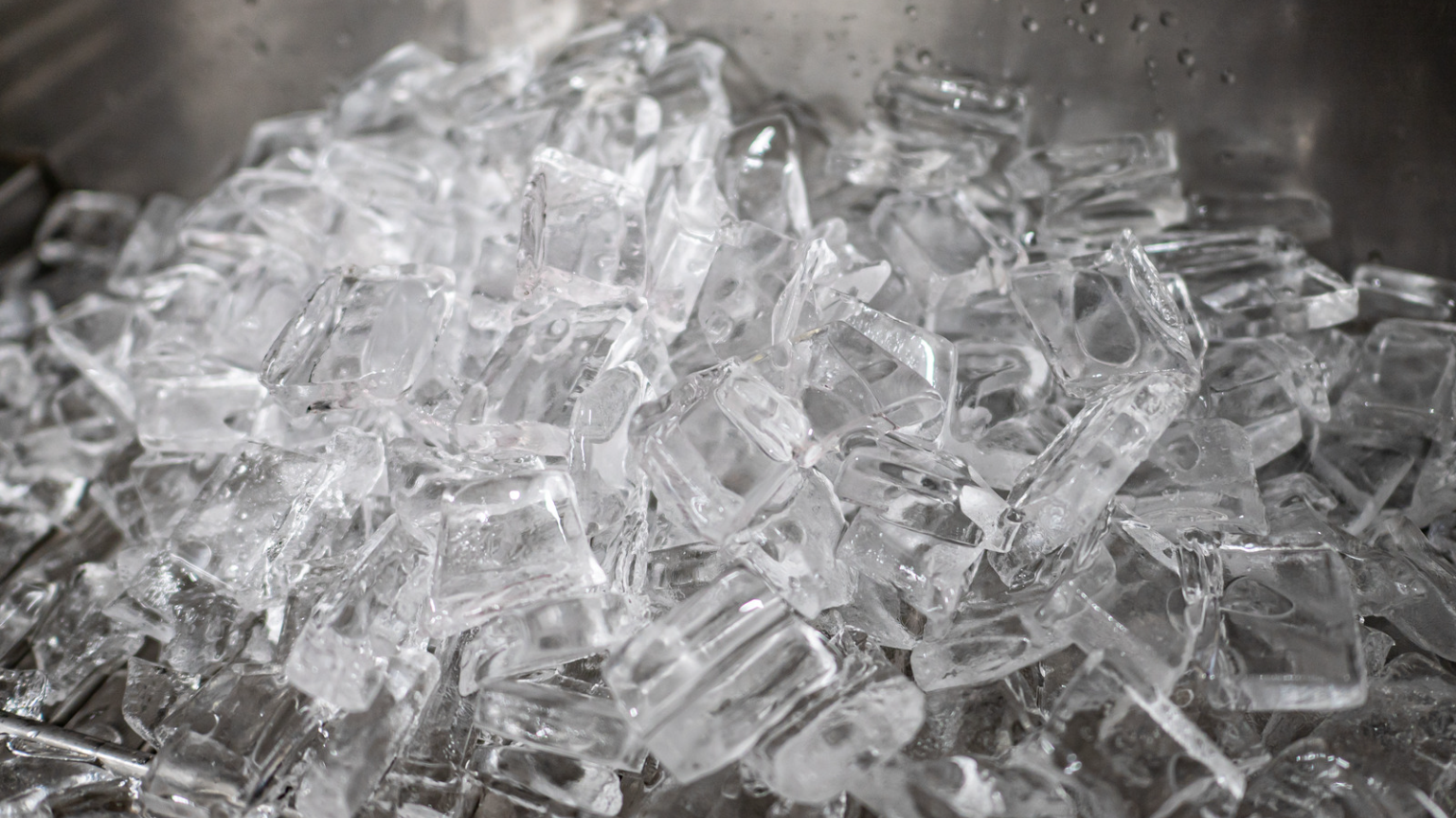
Common Commercial
Ice Machine Problems
Commercial Ice Machine Problems and Solutions
At Empire Cooler Service, we understand the critical role that commercial ice machines play in the daily
operations of businesses in the foodservice industry. However, like any mechanical equipment, ice machines
are not immune to problems and breakdowns. To ensure that your ice machine continues to function at its best,
we have compiled a list of the top commercial ice machine problems and their solutions.
Get your equipment checked today.
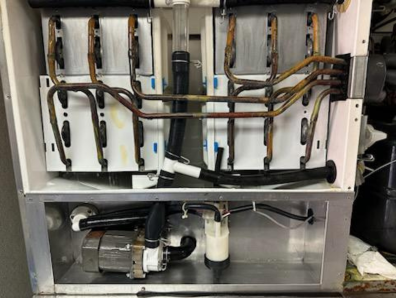
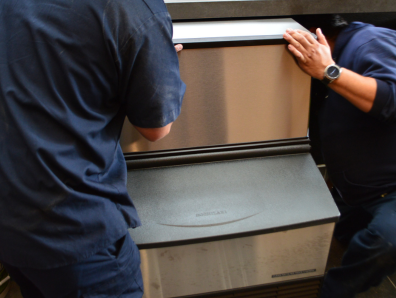
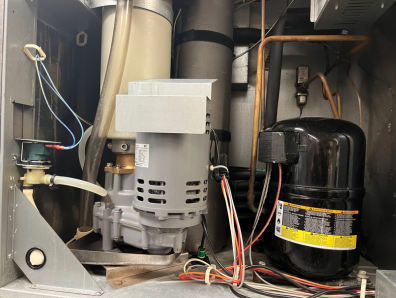
The Benefits of Choosing Empire Cooler
for Preventative Maintenance
When it comes to your commercial refrigeration equipment, regular maintenance is crucial
to ensure optimal performance, extend its lifespan, and prevent costly breakdowns. If you’re
looking for a reliable and experienced provider of preventative maintenance services,
Empire Cooler Service is the perfect choice.
Insufficient Ice Production
A common culprit is a dirty or clogged evaporator coil, which hampers proper heat transfer and reduces ice production capacity. A malfunctioning or inadequate water supply valve can restrict the flow of water to the ice machine, resulting in lower ice production. Another cause can be a faulty or worn-out ice machine compressor, which may fail to maintain the necessary temperature and pressure for optimal ice formation. Lastly, high room temperatures in the surroundings of the ice machine can negatively impact its performance.
Poor Ice Quality
Low-quality ice may compromise the taste and appearance of beverages, affecting the overall customer experience. Poor ice quality can result in inefficient operation and increased energy consumption, as the machine works harder to produce ice of acceptable quality. Furthermore, impurities in the water can cause clogs and build-up within the machine, leading to decreased ice production and potential damage to crucial components.
Frequent Breakdowns
Frequent breakdowns in commercial ice machines can cause significant disruptions to your business’s operations. Not only do they result in a costly repair bill, but they can also lead to delays in service and reduced customer satisfaction. The causes of frequent breakdowns can range from improper installation or maintenance to subpar equipment quality. We understand the importance of reliable ice solutions to your business.
Schedule an appointment today.
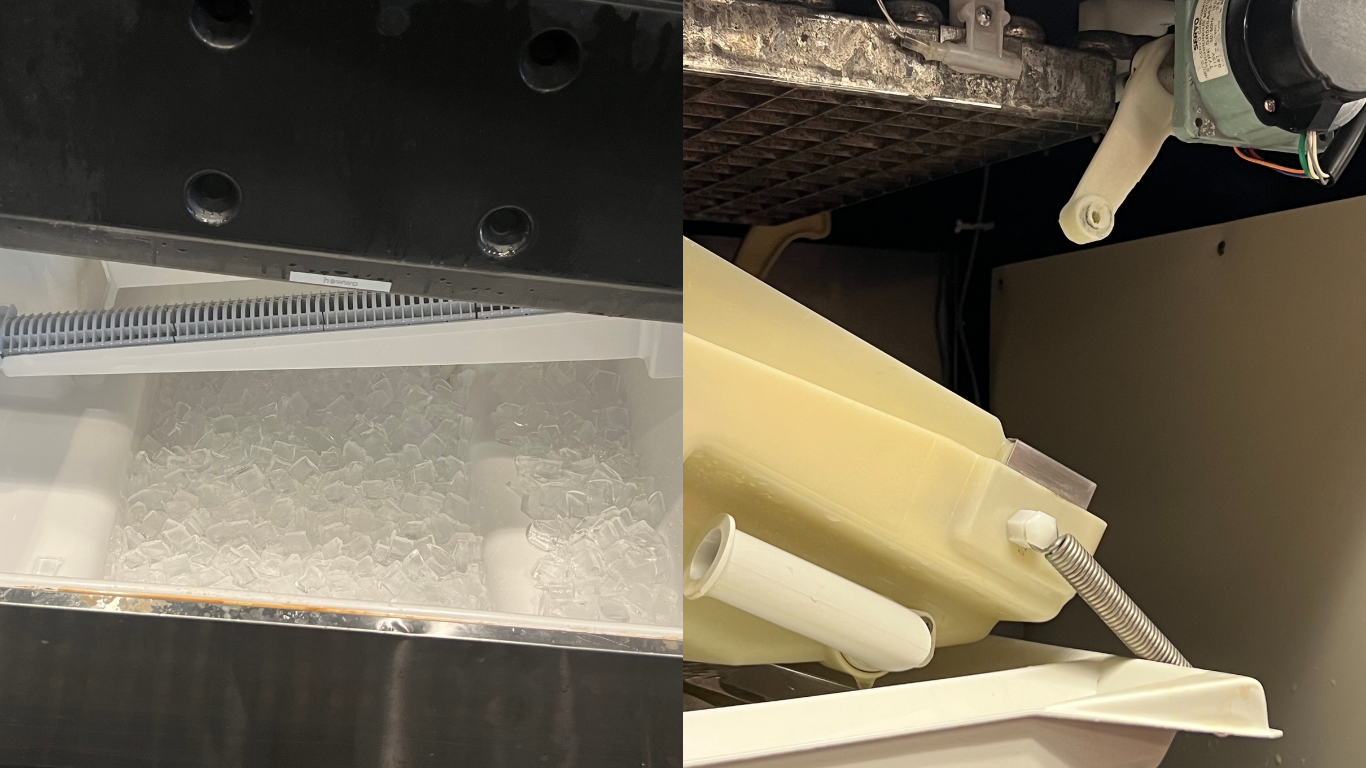
What to expect from our service team
A quick response.
When you submit a service request, an Empire Cooler service representative will follow up quickly to schedule an appointment. We’ll confirm your appointment before the date, so you can be prepared for our technicians to get to work as soon as they arrive.
A time-frame for commercial ice machine services.
We respect your time. To help you manage your schedule, an Empire Cooler representative will provide you with a service window.
Careful inspections.
Detailed diagnosis.
There’s only one way we approach every job—thoroughly. During their visit, our expert technicians carefully inspect your ice machines, diagnose the problem and either fix it on the spot or let you know if ice machine replacement parts and additional appointments will be necessary.
Understanding Commercial Ice Machine Error Codes
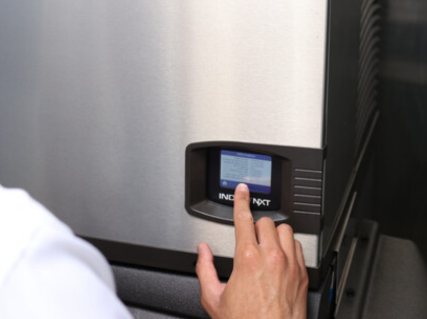
High-Pressure Cut-Out
A “High-Pressure Cut-Out” error code typically indicates that your ice machine’s refrigerant pressure is too high, triggering a safety mechanism to shut down the system. This issue can occur due to several factors, such as a dirty condenser coil, airflow obstruction, or a malfunctioning fan motor.
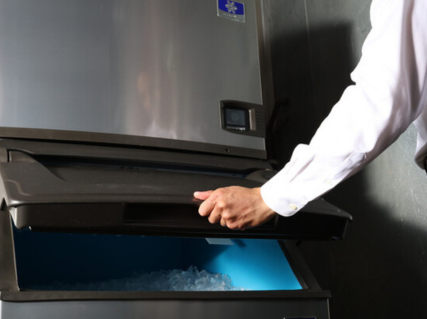
Low-Pressure Cut-Out
A “Low-Pressure Cut-Out” error code is triggered when the refrigerant pressure in your ice machine drops below the expected level. This can be caused by factors like refrigerant leaks, faulty valves, or blockages in the refrigerant lines.
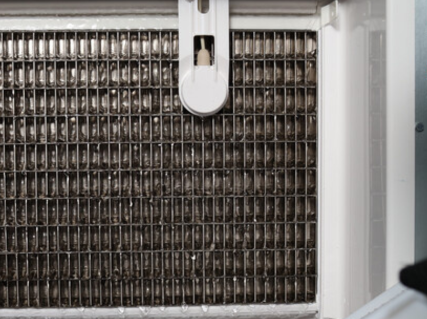
Harvest Cycle
The “Harvest Cycle” error code occurs when the ice machine’s harvest cycle, during which ice cubes are released into the storage bin, is not functioning correctly. Several factors can disrupt this cycle, such as a malfunctioning bin switch, dirty evaporator plate, or faulty water sensors.
